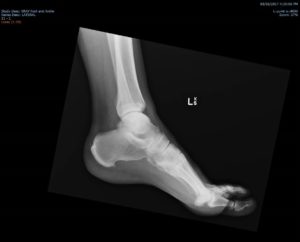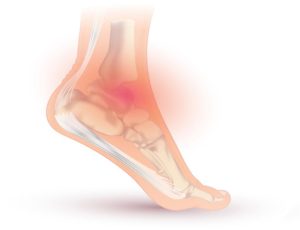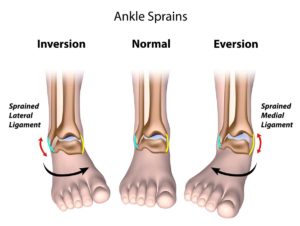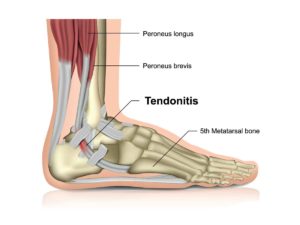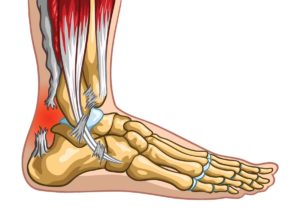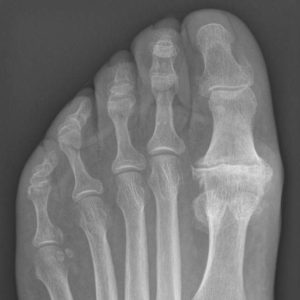
Tarsal Tunnel Syndrome
Typical Symptoms
Tarsal Tunnel Syndrome (TTS) typically causes pain, tingling or altered sensation from the medial (inner) aspect of the foot and to the undersurface of the foot. Sometimes there might be localised swelling around this aspect of the foot. It can be an alternative diagnosis for plantar fasciitis.
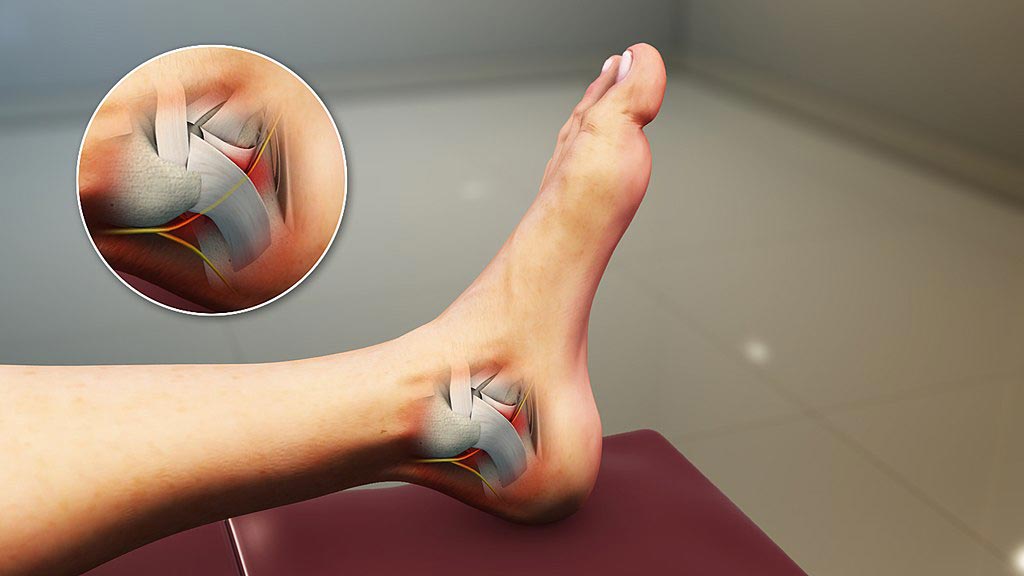
What causes it?
TTS is due to compression or irritation of the tibial nerve as it passes under the tarsal tunnel on the medial aspect of the foot. It can be due to an external compression, causing the initial swelling, or from another structure in the tunnel such as a ganglion or tendinopathy. Equally, it could be from an isolated neuroma (nerve swelling).
How can I help myself?
It is helpful to reflect on when the symptoms come on and whether there might be an external cause to the symptoms such as footwear, compression socks etc. If there is considerable swelling and pain, offloading from activity or even using crutches can help with symptoms. Following PRICE guidelines can reduce swelling as can analgesia such as anti-inflammatories.
When to seek help?
If your symptoms are quite significant and despite trying to resolve it yourself, the problem is ongoing or worsening, it would be good to have your ankle/foot assessed when possible.
What are the treatment options?
Once your clinician assesses you with a thorough history and examination, they may undertake an X-ray to look for any underlying bone changes that might have contributed to the symptoms. An ultrasound can help assess the soft tissue in the tarsal tunnel to look nerve or tendon changes.
Treatment may start with rehabilitation and a podiatry assessment to look at footwear etc, but if it it is ongoing, then you may need further investigation with an MRI scan and perhaps a cortisone injection.



